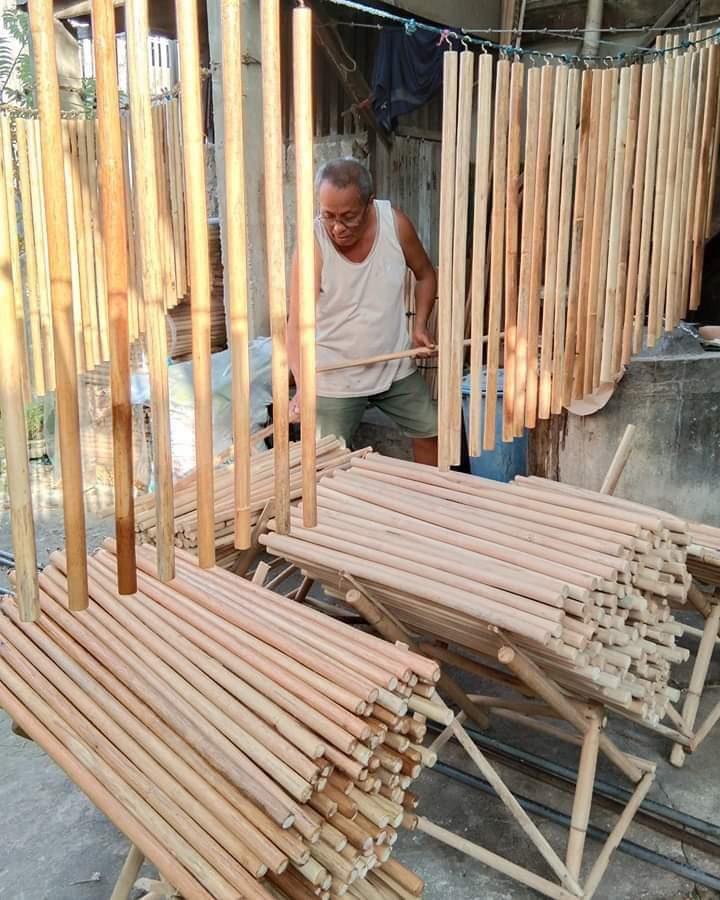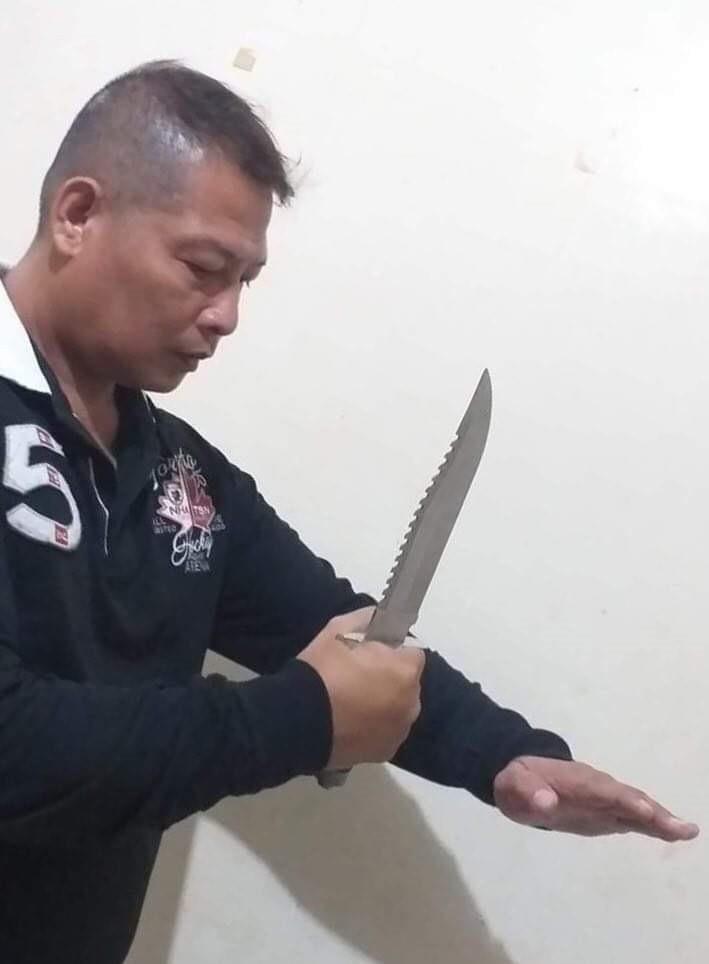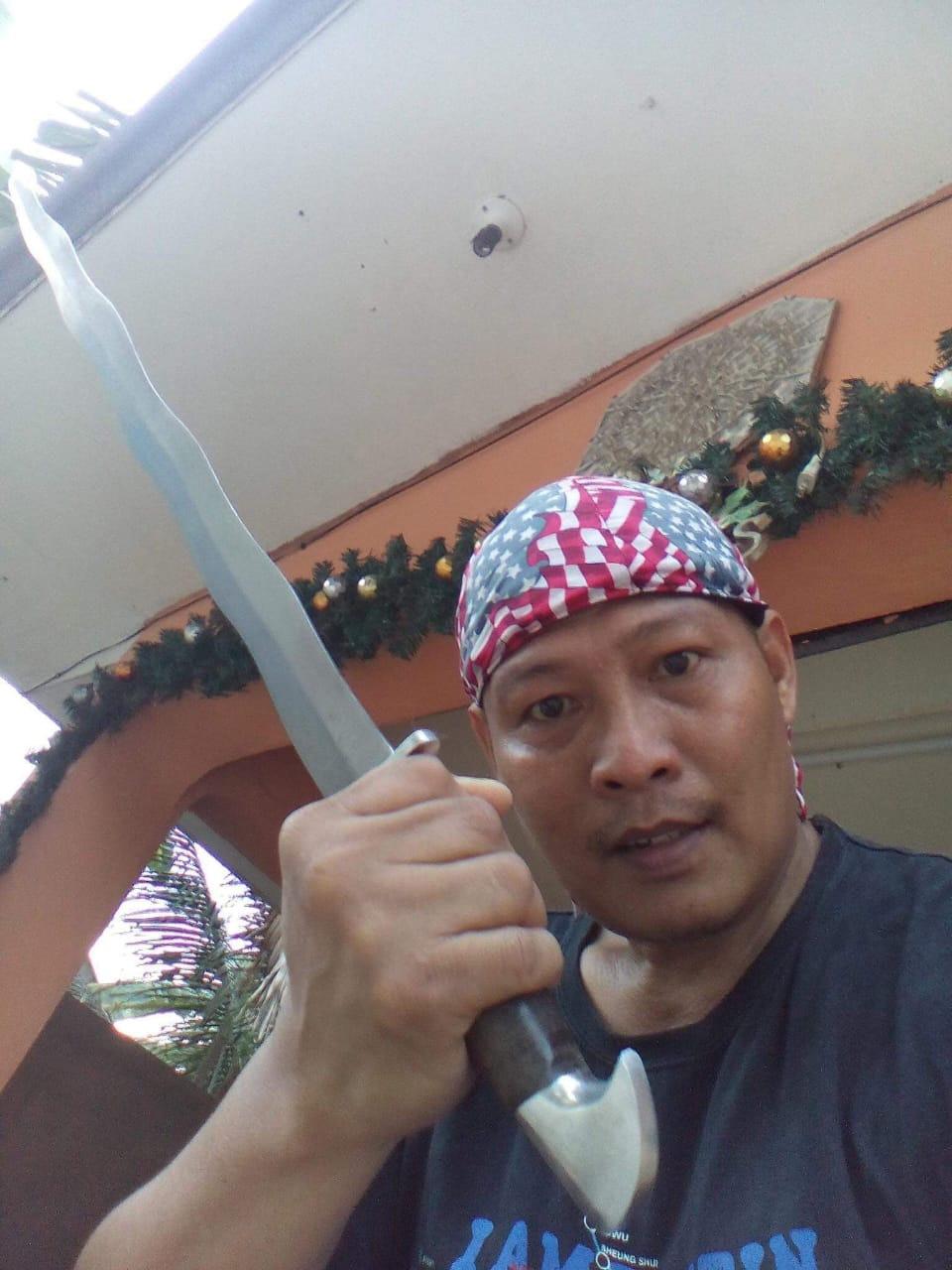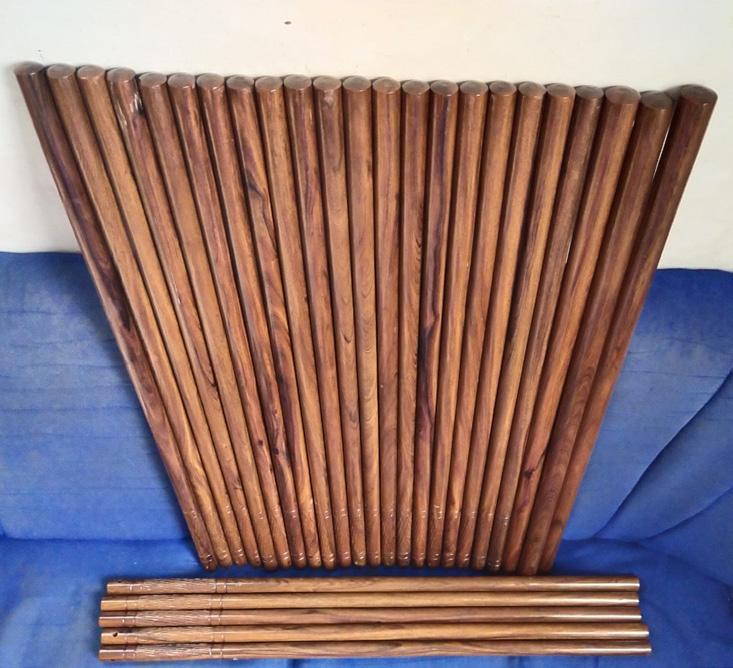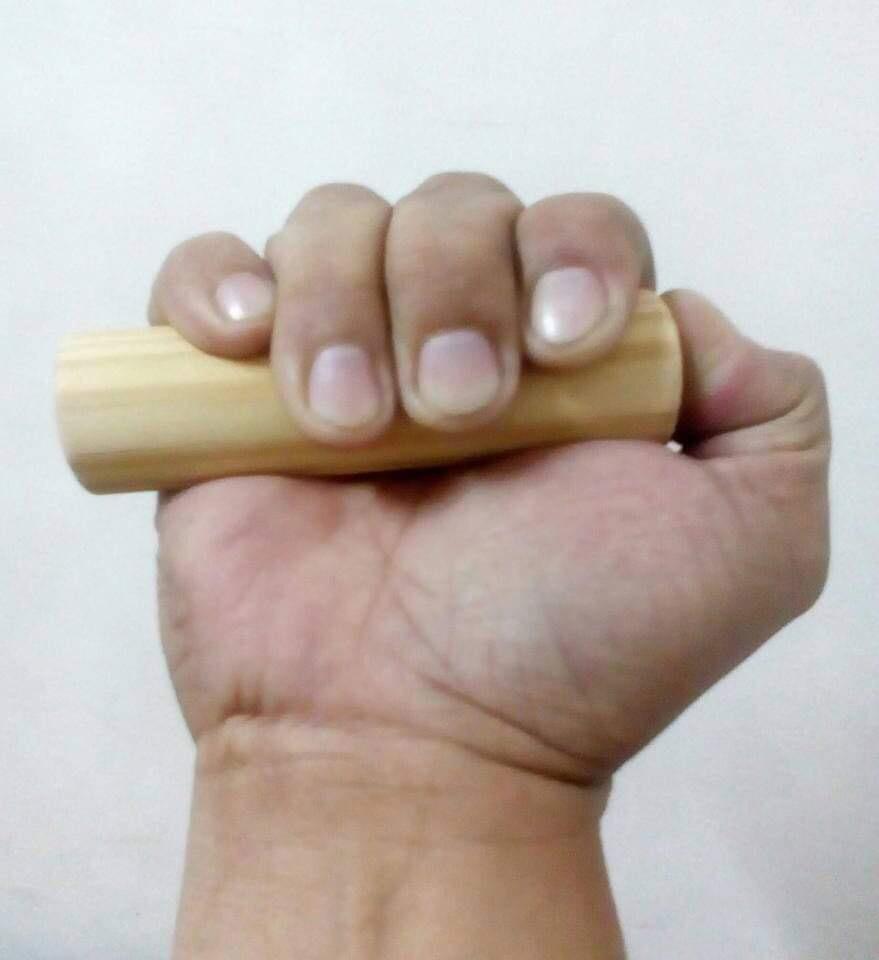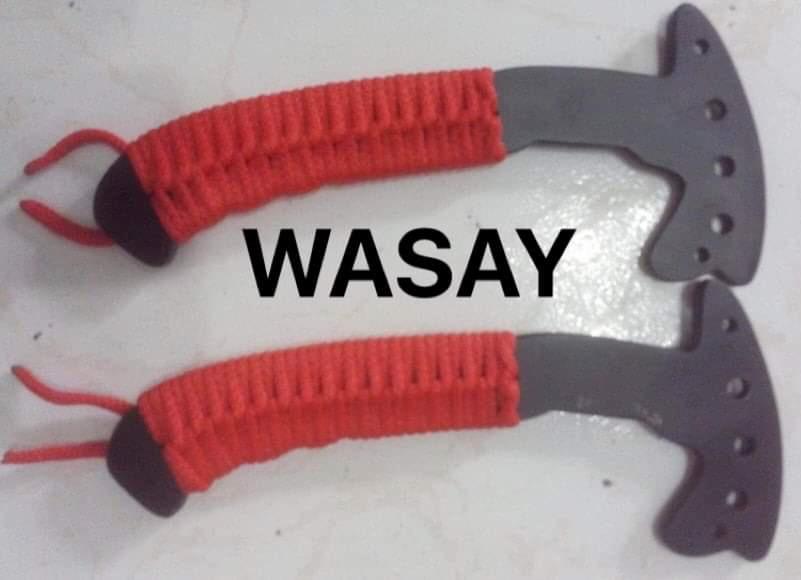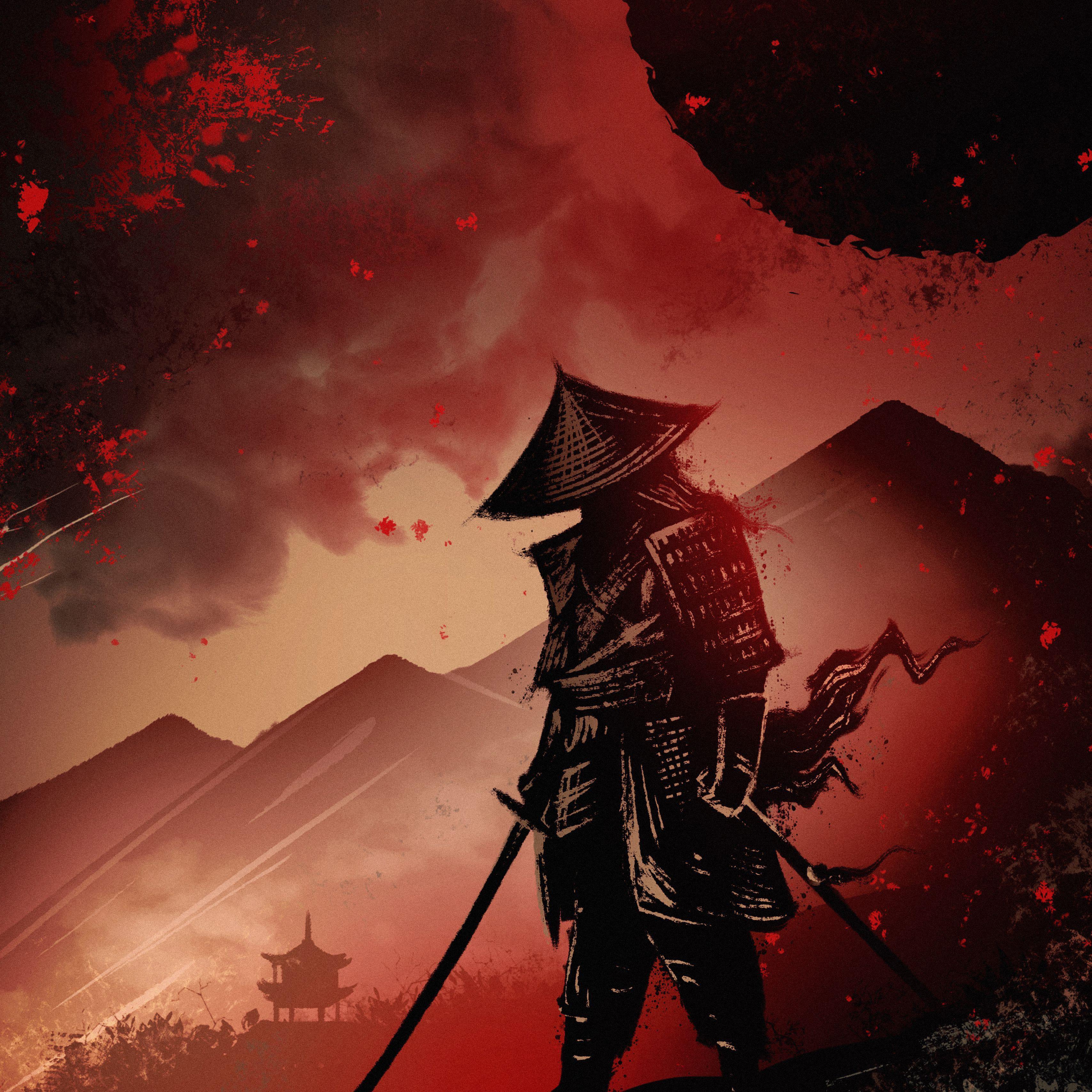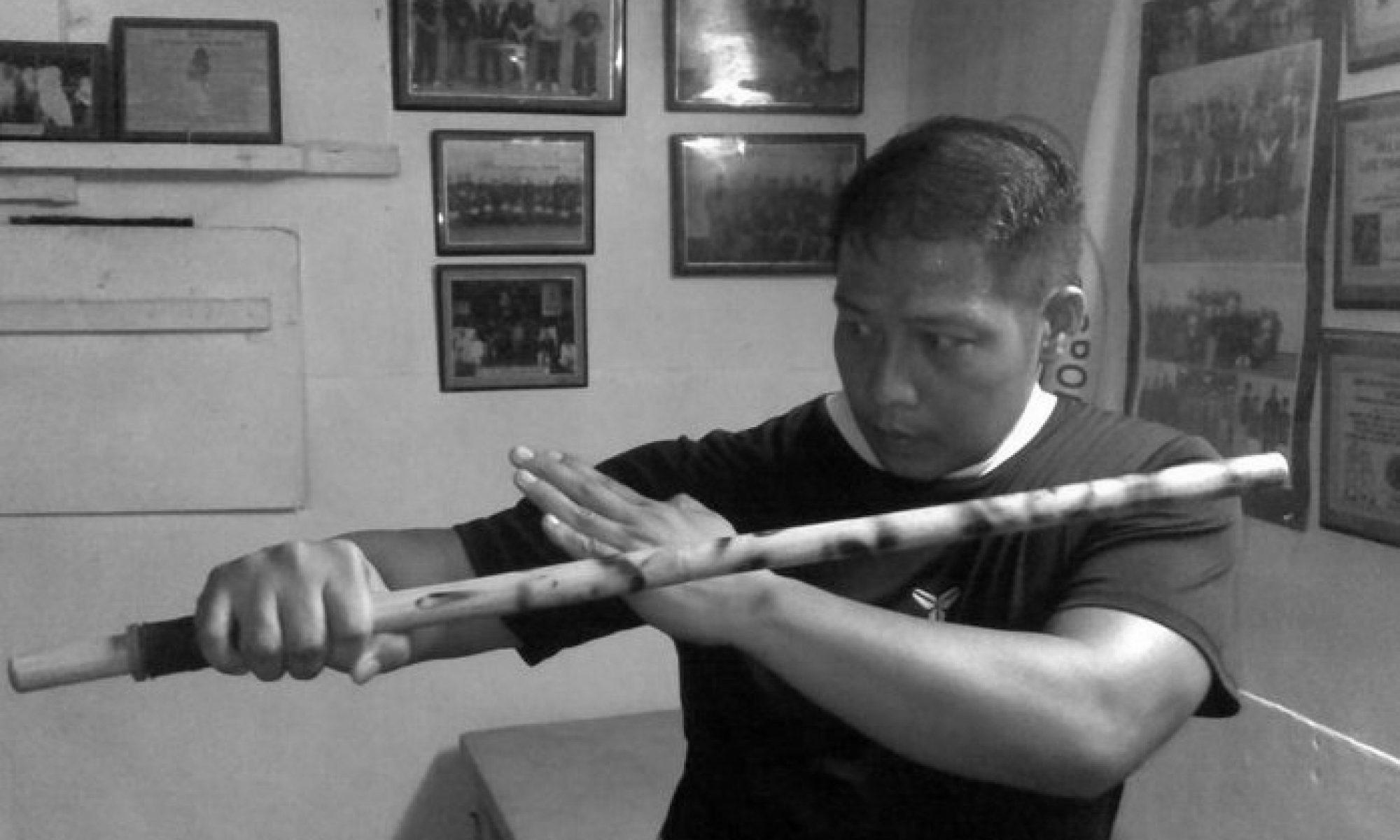
5 minute read
GM JUN DACAYANA (p2 SMASTER Guy E. Larke
By hand, foot, stick or blade... Who can stop Jun Dacayana? Part Two
Maestro Guy Edward Larke
Advertisement
4. How important is the type of material in the weapons? Especially sticks.
It is important to have the best one specifically in Eskrima wherein we are using the best quality of rattan or uway in order to be able survive even during training.
The duel has existed for centuries in a wide number of countries, from gladiators to gypsies to British gentlemen settling a matter of honour. Hollywood has taken the reality away from these lethal exchanges and led us to believe it can last for minutes at a time with a bizarre chance of survival for the protagonist. To make things worse some martial art schools teach defenses vs. attacks a teenager might come up with. This instills a sense of bravado which is sure to cost lives. On the other end of the spectrum there are a number of effective knifefighting systems and implements to suit one’s tastes and preferences. Sadly, however the “bad guys” are picking up on our tricks and are getting more dangerous. More than ever FAST and decisive techniques to control the knife fighter are needed. Last issue I introduced you to Grandmaster Jun Dacayana to you. It is my sincere hope that over the next few issues, that you will find his combat method to be unique and deserving its own place in the just the FMA community, but the martial arts world in general! This issue will cover the common and lesser-known weapons in his arsenal. common in FMA?
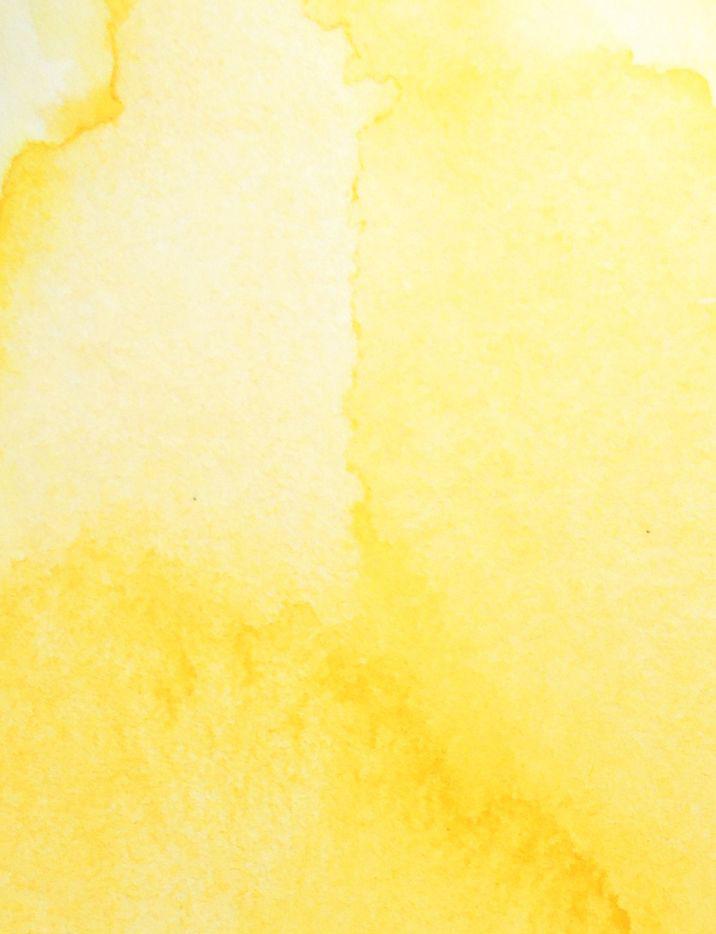
The question is very interesting. But in FMA specially here in my place Toledo City and Cebu City we are using a lot of weapons such as:
* Sundang * Pinuti * Kutsilyo or Punyal * Guikay blade * Garotte or Olisi best known as Eskrima/Arnis * Gapasan or Indian Pana * Tirador * Saguidas commonly known as Pocket Stick
2. Why those particular weapons? 5. What kinds of wood or rattan do you use?
I am using both magkuno and rattan tumalin and palasan
6. What weapons do you teach? Which is taught first?
I am teaching the following weapons:
* Eskrima weapons * olisi kutsilyo * military combat knife fighting * saguidas pocket stick * sarong
We teach based on the interest of the students. All they need to do is to find which of the lessons they want to learn.
7. What are the differences between the weapons?
All weapons has its own beauty and its own effectiveness when used in actual combat, but for the benefits of having an idea about the differences.... it is safe to say that there are weapons where you can carry it with you anywhere you go while other weapons are not safe to bring it with you.
That is actually depends the origin. Like for example in Cebu City so seldom to find someone who is using the tirador, sundang and gapasan or Indian pana but if you go to any part of the provinces Northern and Southern Province of Cebu the said weapon still exists.
3. Have any weapons disappeared from modern FMA?
As far as I know in the Modern FMA out of so many weapons mentioned above only Eskrima, Arnis, kutsilyo punyal and saguidas still exist when it comes into training All the rest of the weapons have gone.
8. What is better vs multiple opponents and so on?
Honestly, in my over 30 years of experience in FMA Cebuano martial culture I don't remember anything about fighting against multiple attackers using those different type of weapons. I don't want to make people believe that those weapons are very effective against multiple attackers where in fact I never tried using it in reality. I just want to be honest about this question but if time comes that I don't have other choice but to choose which one is the best I would prepare to use olisi kutsilyo.
9. You use different kinds of wood for your weapons? How do they differ?
It only differs only the quality and weight. Like for an example the magkuno wood is very heavy, very strong and obviously expensive.
10. Now that COVID is slowly going away, how can people train with yourself? How can they get certified?
I really like this question. We have offered different approach when it comes into teaching though I love to teach via virtual training but actual training in person is always the best.
There are lots of foreign Eskrima enthusiasts abroad who really wants to learn and the best thing to do of course to come over to Philippines. However, vice versa they can invite me to go to their respective places instead of coming over to Cebu Philippines.
In order to get certified they need to stay with me for at least 15 days to undergo an intensive training. It is a 100% money back guarantee if after that period they have learned nothing.
Any inquiries about GM Dacayana’s system or armaments can be directed to the author. has spent most of his life enamored with the martial arts of Asia and Asian cultures in general. These led him to move to South Korea 20 years ago where he continued to study, research, and write about the various disciplines that shaped his life. In addition to teaching martial arts in Korea, USA, Malaysia and Denmark he has written over 800 articles in over 20 magazines. He named the synthesis of his pilgrimage Kisa-Do Muye (the Knights Way Martial Arts). Larke can be found on Facebook or by e-mail at kisadomuye@gmail.com.

